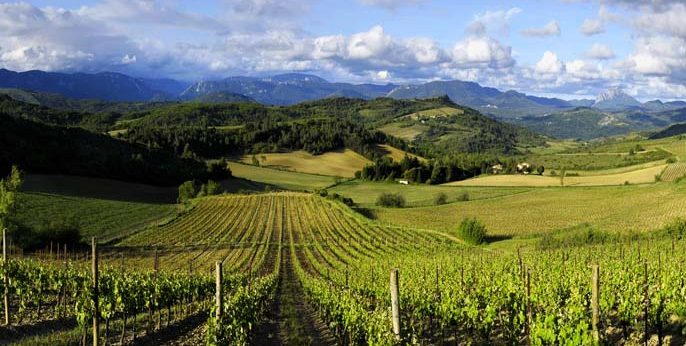Wine estates: a model undergoing radical change – Focus on diversification 🍇

Today’s wine estates are no longer limited to wine production alone. Through the operations we carry out each year, a major shift in the economic model is becoming apparent: diversification is becoming an essential strategic lever, combining profitability, resilience and heritage enhancement.
Agritourism: a driver of growth
The first avenue for diversification is the customer experience.
Wine tourism activities are experiencing continuous growth: holiday cottages, guesthouses, wine tasting cellars, restaurants, cultural events and festivals in the vineyards… All indicators are positive. For example, Gîtes de France has a booking rate of up to 80% in certain regions.
Many national organisations (Bienvenue à la Ferme, Accueil Paysan, Relais & Châteaux, etc.) are now investing in vineyards with concepts combining high-end accommodation, wellness and wine.
For estates, existing outbuildings (former farmhouses, harvesters’ lodgings, barns, etc.) represent real estate potential that is often under-exploited and compliant with local urban planning regulations.
Perennial crops and Mediterranean agriculture
With climate change, new crops are being developed in wine-growing regions. In addition to olive and almond trees, the following are now appearing:
- Pistachio, pomegranate, lemon, agave and kumquat trees
- Aromatic plants: lavender, thyme and rosemary
- Traditional fruit trees: fig, cherry and apricot trees
These crops, which are suited to drought conditions and organic farming, help to balance income and meet the demand for high-quality local products.
Processing and short supply chains
More and more estates are developing micro-processing workshops: PDO olive oils, honeys, jams, brandies, natural cosmetics.
These high value-added products, integrated into a direct sales strategy (cellars, online shops, events), are becoming an economic pillar in their own right.
Culture and art: the vineyard as a living stage
Wine inspires. Every year, more than 1,000 cultural events are organised on estates (source: Ministry of Culture): festivals, exhibitions, concerts, art workshops, etc.
This dialogue between wine, art and terroir enriches the estate’s identity and attracts a diverse audience.
In conclusion: wine estates are constantly reinventing themselves
Today, investors are looking for versatile properties: quality vineyards, rehabilitable built heritage, tourism or agri-food potential.
Vinea Transaction supports you in identifying these high-potential opportunities, with expert analysis of land, markets and regulations. 🍇🧑🌾
The Vinea Transaction team 🍇✨
